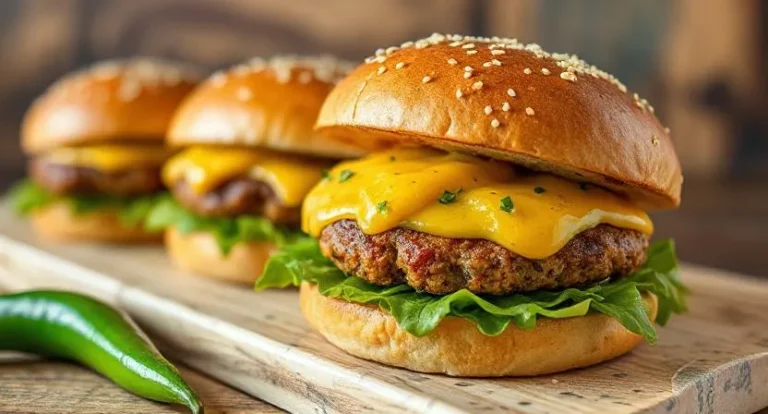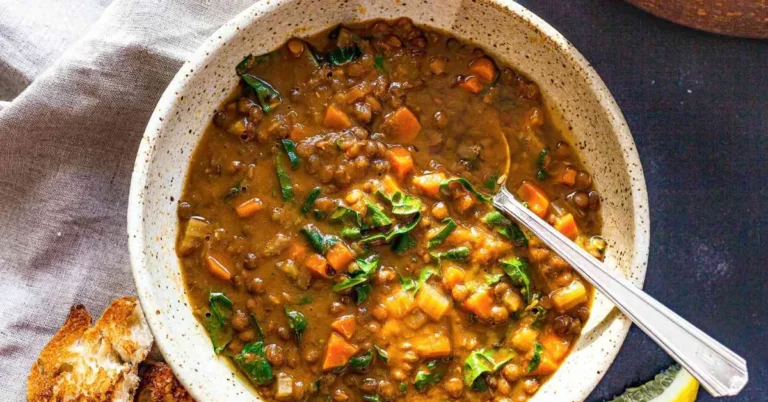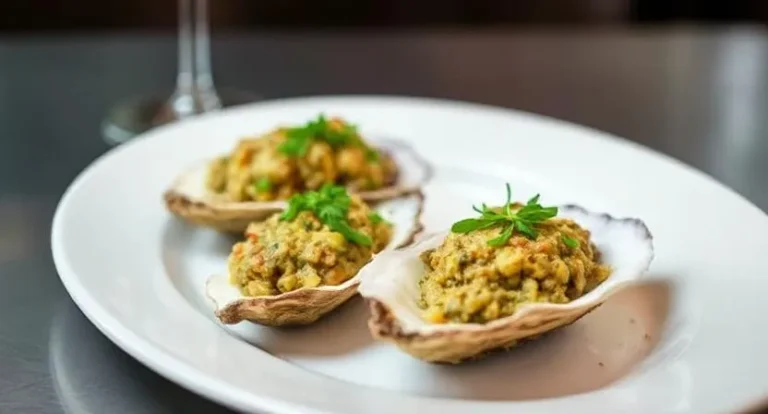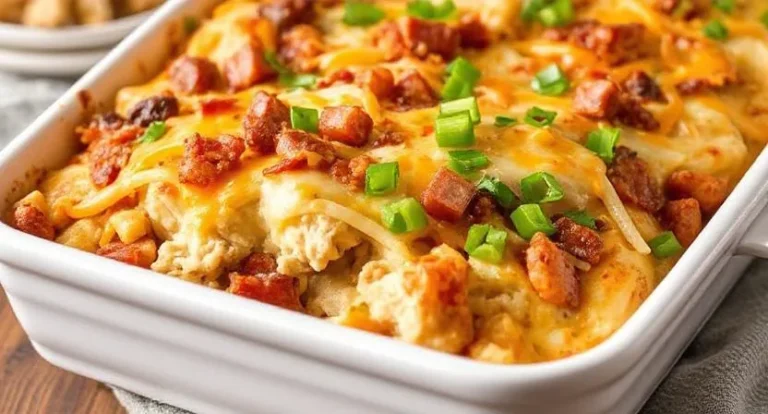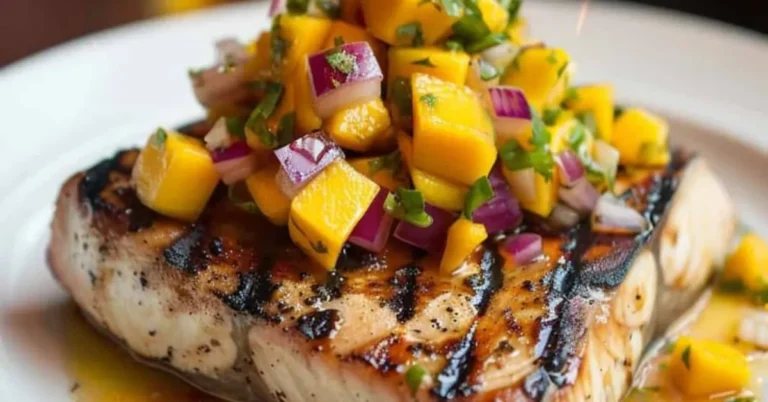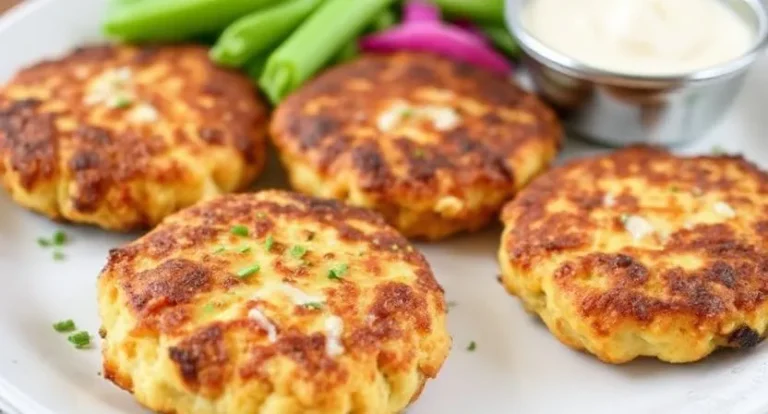Classic Spanish Paella
Just uttering “paella” conjures up golden afternoons along the Spanish coast—sunlight dancing on terracotta rooftops, the sizzle of olive oil echoing through open-air markets. A beloved jewel of the Valencian culinary tradition, this dish embodies the spirit of resourcefulness and festivity. Originally crafted by field workers over open flames using simple, local ingredients, paella has since evolved into a revered global delicacy, admired for its radiant palette and complex, soulful flavors. Each time I prepare it, I feel like I’m channeling the heart of Spain into my kitchen.

What Makes Classic Spanish Paella Unique
Unlike typical rice dishes, the genius of Spanish paella lies in its method and medley. It begins with a sofrito—a simmered trinity of onions, garlic, and tomatoes—forming the aromatic base. Bomba rice, known for its short grain and high absorbency, soaks up every nuance without falling apart. But the real magic? The socarrat—a coveted golden crust that caramelizes at the bottom of the pan, delivering an irresistible crunch and depth that no stir-fried rice can match.
Ingredients
- 2 cups Bomba rice
- 4 cups chicken or seafood broth
- 1 cup green peas (fresh or frozen)
- 1 small onion, finely chopped
- 4 garlic cloves, minced
- 1 large ripe tomato, grated or finely chopped
- 1 red or yellow bell pepper, sliced
- 1 teaspoon smoked paprika
- ½ teaspoon saffron threads
- 1 cup shredded cooked chicken
- 1 cup peeled, deveined shrimp
- 1 cup scrubbed mussels
- ½ cup olive oil
- Salt and black pepper, to taste
- Chopped fresh parsley (for garnish)
- Lemon wedges (for serving)

How to Make Classic Spanish Paella
Step 1: Build the Flavor Foundation
Warm olive oil in a wide paella pan over medium heat. Toss in the onion and bell pepper, cooking until soft and fragrant. Add garlic and grated tomato, letting them reduce into a rich base. This slow-simmered layer is where the dish’s flavor truly begins.
Step 2: Introduce Rice and Broth
Bloom saffron in a bit of the warm broth, then combine it with the rest of the liquid and pour it into the pan. Bring to a boil. Scatter the Bomba rice evenly, give it a gentle stir to settle the grains, then resist the urge to stir again—this stillness is key for developing that crisp bottom.
Step 3: Add Protein and Peas
Carefully nestle in the cooked chicken, shrimp, and mussels. Sprinkle peas across the surface. Lower the heat and let everything simmer undisturbed, allowing the rice to absorb all the vibrant juices—about 20 minutes should suffice.
Step 4: Crisp the Socarrat
As the broth vanishes and steam softens, raise the heat briefly to coax the bottom layer into a golden crust. Once done, remove from heat and cover with a clean towel. Let it rest for 5 minutes to meld flavors and firm the structure.
Timing, Calories & Servings
- Prep Time: 15 minutes
- Cook Time: 30 minutes
- Total Time: 45 minutes
- Calories: ~600 per serving
- Servings: 4 to 6 portions

Nutritional Breakdown (Per Serving)
- Calories: 600
- Protein: 30g
- Carbohydrates: 75g
- Fats: 20g
- Vitamin A: 15% DV
- Vitamin C: 25% DV
- Iron: 15% DV
Storing & Reheating
If you somehow manage to have leftovers, cool the paella and store it in an airtight container in the refrigerator for up to 3 days. To reheat, use a pan with a splash of broth to rejuvenate the texture. It can also be frozen for up to 3 months, although the rice may soften slightly upon thawing.
Pro Tips for Perfect Paella
- Use Authentic Rice: Bomba rice is essential; avoid long-grain or sticky varieties.
- Wide and Shallow Pan: This ensures even cooking and promotes socarrat formation.
- No Stirring Rule: Once the rice is added, let it rest untouched.
- Let it Rest: A short post-cook rest helps the grains settle and flavors deepen.
- Flex the Ingredients: Try different proteins—chorizo, scallops, or rabbit—to suit your tastes.
Tempting Variations
- Vegetarian Paella: Swap proteins for zucchini, artichokes, and seasonal greens.
- Seafood Lovers’ Paella: Add calamari, clams, or even octopus.
- Mixed Paella: Combine land and sea—chicken, sausage, prawns, and mussels—for a feast of textures and flavors.
Perfect Pairings
- Fresh Salad: A crisp green salad with a light vinaigrette complements the richness.
- Garlic Bread: Perfect for mopping up the flavorful residue.
- Wine: A chilled glass of Spanish white or a fruity sangria completes the experience.
Frequently Asked Questions
Can I prepare paella ahead of time?
Yes, and gently reheat it before serving to retain flavor and texture.
What’s a good saffron substitute?
Turmeric offers color, though the taste won’t be quite the same.
Can I use brown rice?
Yes, but you’ll need to adjust the liquid and extend the cooking time.
Do I need a paella pan?
It’s ideal, but a wide, shallow skillet will suffice in a pinch.
How do I get a crispy bottom?
Let the rice cook undisturbed and increase the heat at the end for 1–2 minutes.
Conclusion
Classic Spanish Paella isn’t just food—it’s tradition in a pan, a communal ritual steeped in history and brimming with joy. Each batch tells a story of culture, family, and flavor, uniting everyone around the table in anticipation. Whether you’re savoring the crispy socarrat or reveling in the bold blend of spices, paella is more than a recipe—it’s a celebration waiting to happen. Let your kitchen be the stage, and let the flavors speak for themselves.

